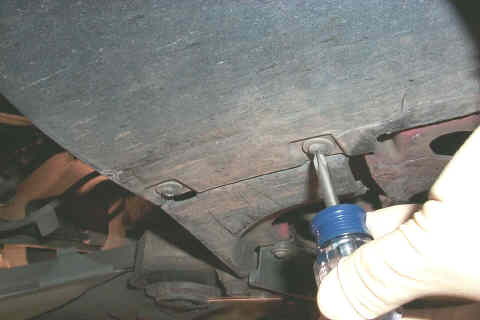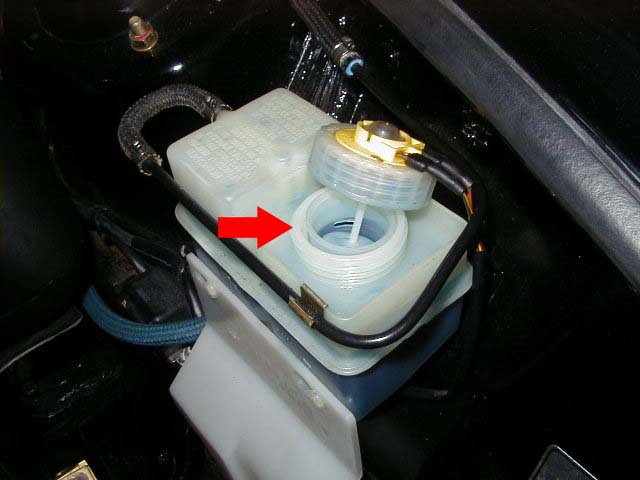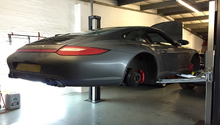Porsche 993: General Information and Recommended Maintenance Schedule
The 993 has specific maintenance interval requirements, some of which are more minor than others. Keeping up with maintenance and routine repairs will ensure that your car stays on the road for years to come.
This article applies to the Porsche 993 (1993-1998).
Adhering to a designated maintenance schedule is critical for maximizing performance and minimizing time spent at the dealership or a repair shop. Depending on the age and mileage of your vehicle, along with how often you drive it, the suggested intervals may change slightly. For example, the recommended annual maintenance for vehicles with low yearly mileage will be different from the traditional maintenance and lubrication services that are performed every 15,000 miles. Some maintenance components, such as changing the engine oil or replacing the filters, are easy to do on your own and go a long way towards keeping your 993 in great running condition.
Component Breakdown
Changing the Engine Oil
Your 993's oil should be changed every 10,000 miles or once a year if the car isn't driven much. Certain driving situations, such as frequent short trips around town or stop-and-go traffic, might require slightly shorter intervals. To successfully change the engine oil, you'll need approximately 11 quarts of Mobil 1 oil along with the correct drain plugs and filters. Certain tools, such as a wrench, Philips screwdriver, jack stand, oil pan, and 10mm socket may also be required. After draining the oil, install a new filter and drain plug. Make sure that the rubber seal hasn't fallen off the old oil filter and gotten stuck on the engine, as this can cause leaks.
(Related Article: How to Change Your Oil - Rennlist.com)

Check Brake Fluid Level
The vehicle's brake fluid level should be checked at least every 15,000 miles or once a year for cars that accumulate low annual mileage. To check the brake fluid level, open up the hood when the car is off and locate the brake fluid reservoir. If the level is low, you will need to top it off with a high-temperature DOT 4 fluid. Although it's suggested, you don't have to use specific Porsche brake fluid. However, it is important to avoid using a silicone-based brake fluid as it could damage the braking system. After topping off the fluid, check periodically to ensure there aren't any leaks.
(Related Article: How to Replace Brake Fluid - Rennlist.com)

Replace Pollen Filters
The 993 has two pollen filters which purify the air coming into the central A/C and ventilation systems. It's important to change the pollen filters at regular intervals, such as 10,000 miles, although the intervals may vary slightly depending on driving conditions and your location. For example, if you live in a very dusty area, you might need to change the filters more frequently. To access the filters, remove the piece of trim that covers the filters in the trunk in front of the firewall, then pull on the rubber strip to remove the plastic cover. Make note of the filter's position, as it needs to go back the same way when replaced.
(Related Article: How to Replace Air Filter - Rennlist.com)

Scheduled Maintenance
The suggested annual service for cars that aren't driven much during the year includes basics such as changing the engine oil, visually inspecting the car for any leaks, checking the parking brake, looking for play and dust boots on the tie roads, and ensuring that tire condition and pressure is adequate. The 15,000 mile service is similar, with the exception of inspecting the exhaust system and drive shafts along with transmission fluid levels. Spark plug replacement, belt checks, air and oil filter replacement, and automatic transmission fluid changes are standard for each 30,000 mile service.
Common Issues
Tire Replacement
It's best to replace the rear tires every 15 to 20k miles. However, some drivers might need to replace their tires at around 10,000 miles.
Leaking Steering Rack
This is a relatively common problem, particularly on higher mileage vehicles. Repair costs can range from $1,000-5,000.
Burning Oil
The most common culprit is worn valve guides. This repair can set you back $7,000-10,000.
Related Discussions and Sites
- 993 Maintenance Schedule - Pcarworkshop.com
- 993 Maintenance Schedule (PDFs) - Porsche.com
- 993 Maintenance Schedule/Cost - Rennlist.com
- Brake Fluid for 993 - Rennlist.com






